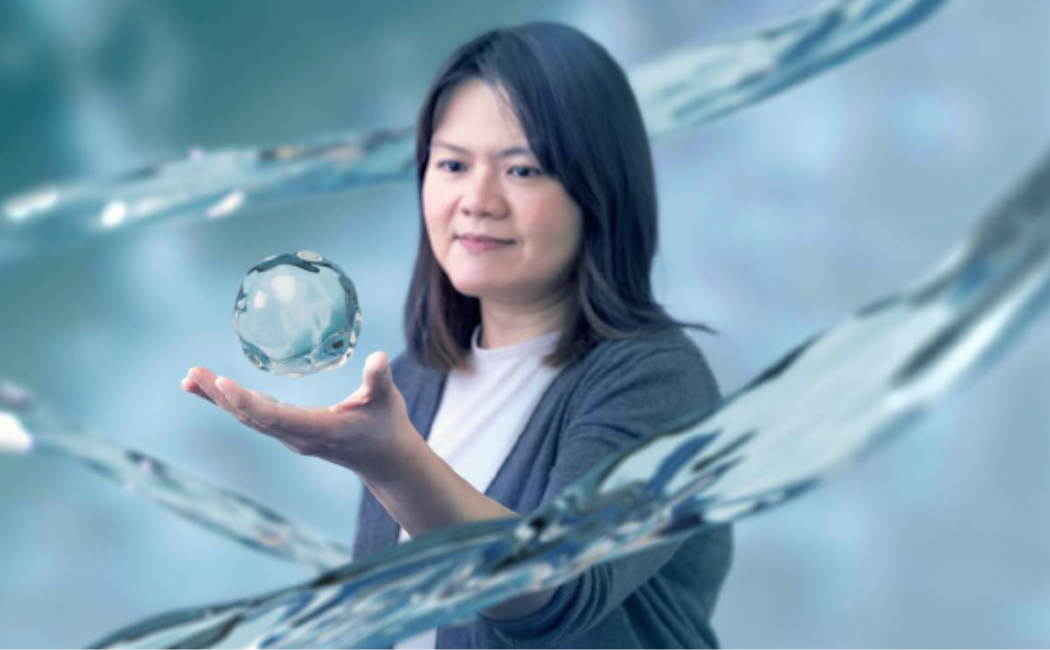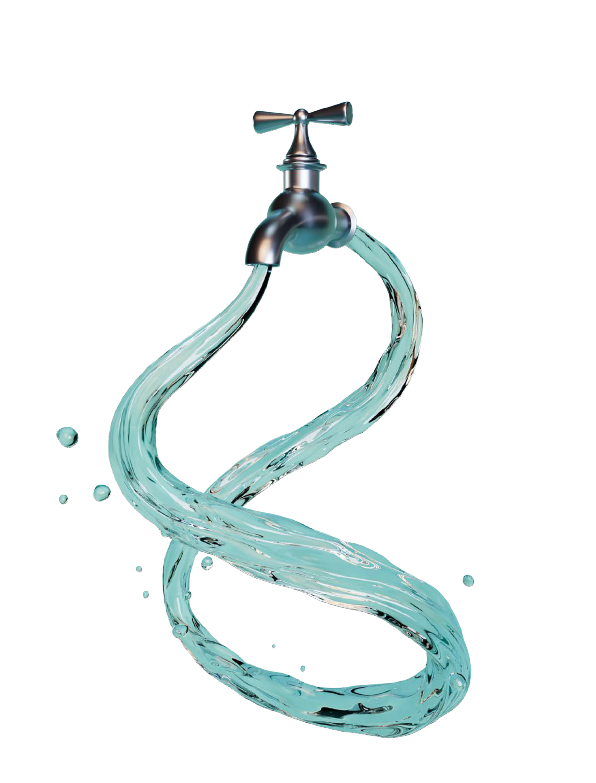


24 July, 2022

Science and technology are helping to secure water resources for future generations
If the 20th century was the century of fossil fuels, the 21st century will be the century of water. Life depends on constant and reliable access to fresh water. But freshwater supply is severely threatened by excessive consumption, mismanagement and pollution. To secure sources for future generations, current water consumption needs to be sustainable. The main issues currently facing water security include water scarcity, access to clean, safe water and “hydropolitics” — tensions and conflict over water sources and resources. Providing access to clean and safe water is a major challenge globally as many human settlements depend on relatively few freshwater sources, such as rivers, lakes and groundwater, which are increasingly threatened by the impacts of global warming, including changing patterns of rainfall or snowmelt. A report by the World Health Organization in 2017 estimated that more than 2 billion people live in water-stressed regions, which is expected to be exacerbated by climate change and population growth over the coming decades. Equally pressing is the WHO’s estimate that nearly 1 million people die each year due to a lack of access to safe drinking water, primarily due to poor sanitation and hygiene-related diseases and pathogens. Water stress also reflects and shapes the hydropolitics of water as rivers flow across international borders. How one nation manages or interferes with a river can have enormous implications for dependent countries downstream, requiring cooperation and diplomacy to ensure supplies and avoid conflicts. The challenge to provide fresh water and to protect supply for future generations already requires huge effort, coordination and management. Science has an ongoing role to play in making water usage more sustainable. KAUST is already planning and delivering technological advances on the global, local, micro- and nanoscale.
Water security needs to be underpinned by effective water conservation and management. The adage “you can’t manage what you can’t measure,” highlights how observation and monitoring are crucial for effectively sustaining water security. Yet observation and monitoring can be difficult: water resources are often located in inaccessible areas or may lack a system of reliable monitoring. As satellites have become smaller and more affordable, their use has expanded into more areas. Satellite remote sensing is increasingly used to monitor a range of global environmental parameters, including freshwater supply. KAUST’s Matthew McCabe is leading a new initiative to deploy miniaturized satellites, known as CubeSats, into Earth’s orbit. Launched in large batches, and resembling a shoebox, these satellites can capture multiple high-resolution images at meter-scale spatial detail. The data is relayed back to Earth in real time so the resource manager can directly observe water usage and resource depletion. In the agricultural sector, the system can monitor the rate of water usage and misuse. High-quality imagery and real-time data from individual fields, down to a resolution of three meters, means scientists can determine the water consumption of irrigation systems in individual fields. Governments can also take a broader look to determine if water is being distributed equitably and sustainably. Remote sensing can also support environmental goals through monitoring remote or inaccessible river flows, such as in the Amazon basin, and pollution in water systems where direct sampling would be too difficult.
The trickle of population from rural to urban areas became a flood by the 1950s. In 2018, the United Nations estimated that around 55 percent of the global population now lives in cities, and by 2050 this is likely to grow to 68 percent. This will continue to place pressure on both freshwater supplies and wastewater management. Scientist Peiying Hong is confident that even the world’s largest cities have the potential to be fully self-sufficient closed-loop systems. With science and political will, 100 percent of wastewater generated within an urban area could be recovered, treated and reused for domestic and agricultural use in small urban farms. Singapore as a model urbanized area is close to achieving this goal. Peng Wang aims to address urban water and energy supplies simultaneously. His team explores the use of solar energy to produce fresh water through condensation or desalination. The goal is sustainable urban living, whereby strategically placed solar panels on buildings across cities could generate electricity, fresh water and air conditioning.
The tiny world is also pivotal for sustainable water management. The water produced by large-scale technology and infrastructure depends on microporous membranes. The microbial world of bacteria and archaea is vital in removing harmful pollutants from wastewater to make it fit for recycling. Pascal Saikaly is generating value from wastewater. His team uses microorganisms that can remove pollutants from wastewater while using their natural metabolism to simultaneously generate fuels and useful chemicals. Such technology can generate enough energy to power itself, which could revolutionize the energy-intensive process of wastewater treatment. While helpful, microbes can also hinder water treatment in a process known as biofouling, whereby growing microorganisms block the pores in membranes used to treat wastewater and desalinate seawater. These biofilms make membranes less efficient, requiring more energy to process the water or more toxic chemicals for cleaning. Johannes Vrouwenvelder is investigating the factors that influence the development and structures of these biofilms. His group’s research alters the nutrient conditions of the feed water that, in turn, produces biofilms that are easier to remove from the membranes, avoiding the need to use toxic chemicals.
Even the biggest problems can have the smallest solutions. Utilizing fundamental physical and chemical properties of water could save billions of liters, especially in the agricultural sector. Addressing unsustainable water usage in irrigated agriculture, Himanshu Mishra and his team delve deep into the nanoworld of hydrophobicity — the inherent property of a substance to repel water at the molecular level. To prevent evaporative water loss from irrigated soils, some crop farmers may use plastic sheeting as a mulch, effectively swapping one environmental problem for another. Mishra’s team takes the mulching down a scale by stopping water loss at the scale of a grain of sand. They apply a nanoscale coating of nontoxic and superhydrophobic paraffin wax to sand grains, called SandX. This wax-coated sand is layered above the crop-bearing soil, effectively trapping moisture to prevent evaporation. The proof is in the produce, with 70 percent higher yields in barley and tomato crop trials. Their technology could benefit smallscale farmers in arid and semiarid regions of the globe, such as Saudi Arabia.